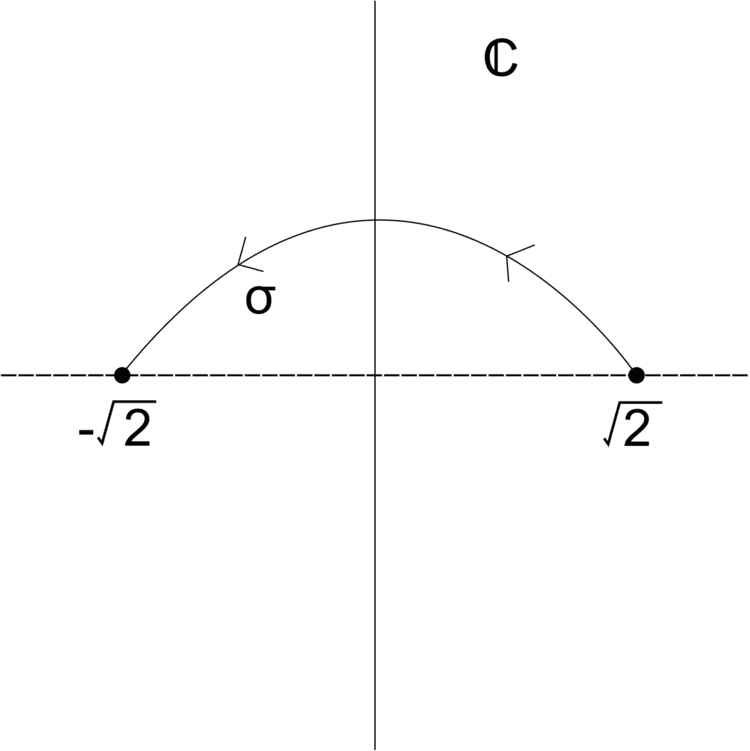 | ||
In number theory, a number field K is called totally real if for each embedding of K into the complex numbers the image lies inside the real numbers. Equivalent conditions are that K is generated over Q by one root of an integer polynomial P, all of the roots of P being real; or that the tensor product algebra of K with the real field, over Q, is a product of copies of R.
For example, quadratic fields K of degree 2 over Q are either real (and then totally real), or complex, depending on whether the square root of a positive or negative number is adjoined to Q. In the case of cubic fields, a cubic integer polynomial P irreducible over Q will have at least one real root. If it has one real and two complex roots the corresponding cubic extension of Q defined by adjoining the real root will not be totally real, although it is a field of real numbers.
The totally real number fields play a significant special role in algebraic number theory. An abelian extension of Q is either totally real, or contains a totally real subfield over which it has degree two.
Any number field that is Galois over the rationals must be either totally real or totally imaginary.
